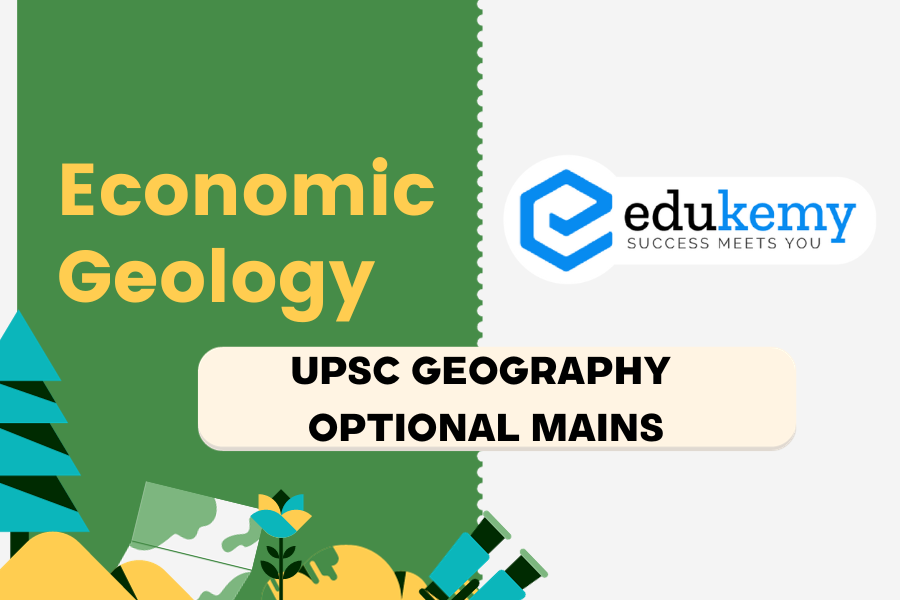
The field of economic geology, while crucial for the identification and extraction of valuable Earth resources, carries profound environmental implications that warrant careful consideration. Economic geology focuses on the exploration and exploitation of mineral and energy resources essential for sustaining modern economies. However, the extraction and processing of these geological materials can result in significant environmental challenges. From habitat disruption and biodiversity loss to soil and water contamination, the environmental consequences of economic geology are multifaceted. Striking a balance between meeting the growing demands for natural resources and mitigating the adverse effects on the environment remains a paramount challenge for the sustainable development of our planet. As we delve into the intricate relationship between economic geology and the environment, it becomes imperative to adopt responsible practices and innovative solutions to minimize the ecological footprint associated with resource extraction.
Contents
Answer
Economic geology is the branch of science dealing with earth resources that can be used for economic or industrial development purposes.

Its environmental implications are:
Construction activities: The introduction of additional artificial incumbent load due to infrastructure construction like dams, public infrastructure, etc. causes disequilibrium of already isostatically adjusted rocks leading to seismicity. E.g. joshimath sinking in Jan 2023 due to rampant construction activities (Tehri dam, Rishikesh-karnaprayag railway line, char-dham project)
Mining: The subsurface mining of solid materials like coal, gold, copper, etc cause the collapse of the overlying surface if left unfilled.
In this case, dolomite or limestone lithologies may develop sinkholes due to the intrusion of groundwater. E.g. sinking of a mine in Dhanbad’s how colliery area led to the death of 2 people in June 2023.
Mining of oil and gas: Fracking technique (pushing of high-pressure water into rock cracks to create hydrostatic pressure) leads to disturbed isostatic balance and induces seismicity.
Agricultural activities: flood irrigation along with rampant extraction of groundwater may lead to subsidence of overlying surface due to hydrocompaction. E.g According to IIRS,dehradun land subsidence noticed at specific places in punjab and haryana at 7-12 cms annually and groundwater extraction rate of 46 to 236 cm annually.
Resource prospecting: study of resource potential may inadvertently cause illegal mining, cartelization, disturbed pubic order. E.g. sand mining causing widespread impacts on river ecology in india.
Urban development: infrastructure construction( bridges), unbridled encroachment on river floodplains may cause flash floods due to reduced buffer for expansion of rivers. E.g delhi inundation in august 2023 due to yamuna overflowing.
Therefore the need of the hour is to promote inclusive and sustainable industrialization as determined by SDG-9 and SDG-11.
In case you still have your doubts, contact us on 9811333901.
For UPSC Prelims Resources, Click here
For Daily Updates and Study Material:
Join our Telegram Channel – Edukemy for IAS
- 1. Learn through Videos – here
- 2. Be Exam Ready by Practicing Daily MCQs – here
- 3. Daily Newsletter – Get all your Current Affairs Covered – here
- 4. Mains Answer Writing Practice – here

